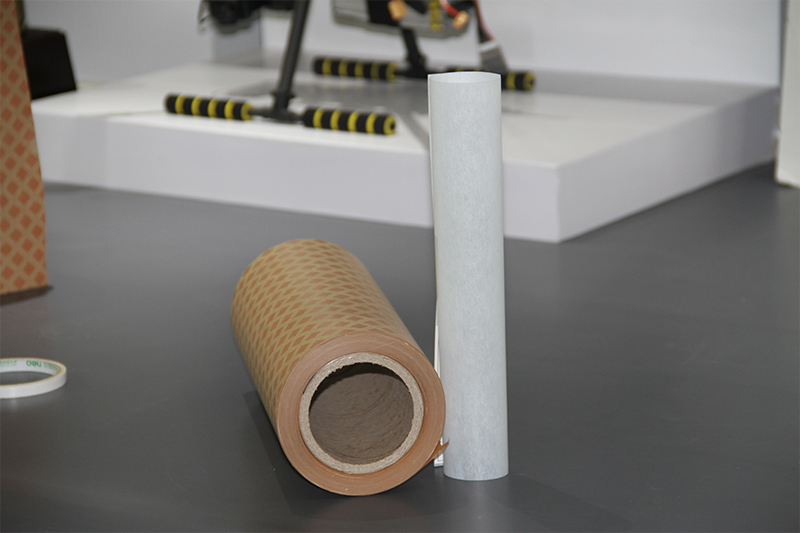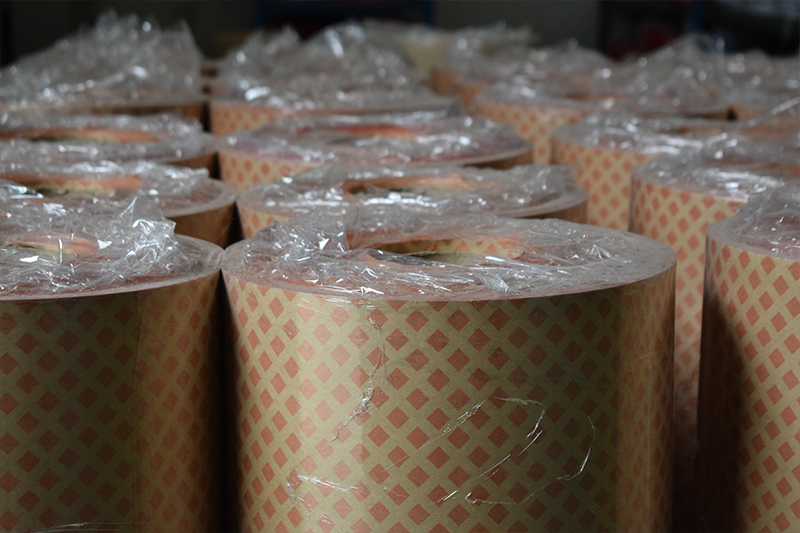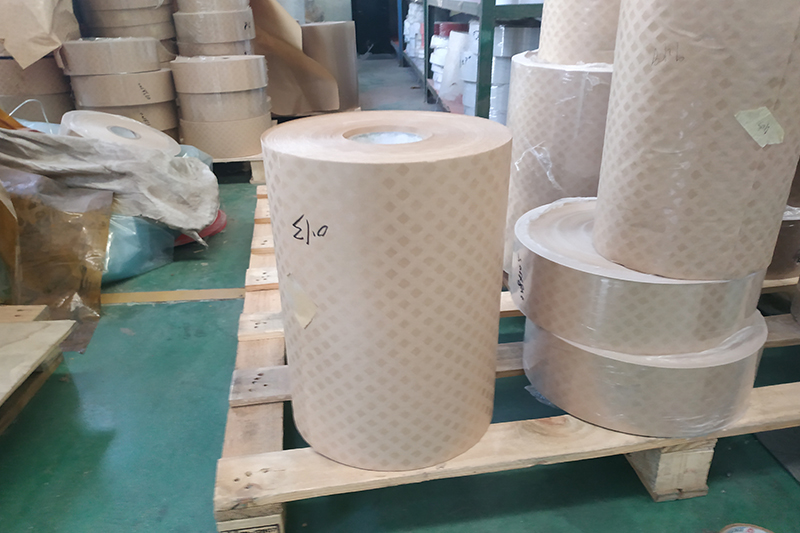In the insulation system design of electrical equipment, the selection of DDP insulation paper directly affects the safety, life and operating efficiency of the equipment. The following provides you with a systematic selection guide from the dimensions of application requirements analysis, material property identification, environmental adaptability, etc., and helps you accurately match project requirements.

Withstand voltage level: You need to select DDP insulation paper products with dielectric strength that meet the standards (such as 10kV/mm and above) according to the working voltage of the equipment (such as medium voltage and high voltage) to ensure that the equipment does not break down during long-term operation.
Insulation resistance: For equipment operating in humid or high temperature environments, you must ensure that the selected DDP insulation paper can still maintain high insulation resistance under extreme conditions to avoid the risk of leakage in the equipment.
Thickness selection: The common thickness of DDP insulation paper is 0.13mm, 0.18mm, and 0.25mm. Thin paper is suitable for precision winding scenarios, while thick paper can provide higher mechanical strength for the equipment. You can choose according to the equipment requirements.
Tear resistance: If you need to frequently process DDP insulation paper (such as stamping and folding), you should choose a model with high fiber strength to reduce losses during processing.
Temperature resistance level: DDP insulation paper is usually resistant to 130°C~220°C (such as H-class insulation). You need to match the temperature resistance level of the selected product with the operating temperature of the equipment to avoid insulation performance degradation due to high temperature.
Heat shrinkage rate: In scenarios where dimensional stability is required in high-temperature environments such as motor slot insulation, you should choose DDP insulation paper products with low shrinkage to prevent insulation failure due to dimensional changes.

Cellulose fiber: DDP insulation paper based on cellulose fiber has low cost and good environmental protection, but low temperature resistance (105°C~130°C), which is suitable for ordinary electrical equipment with low temperature resistance requirements.
Polyester film (PET): DDP insulation paper based on polyester film (PET) has high temperature resistance (150°C) and good mechanical strength. It is suitable for high-frequency application scenarios and is a common choice for industrial motors, transformers and other equipment.
Aramid (Nomex): DDP insulation paper based on aramid (Nomex) can withstand high temperatures of 220°C. With its excellent performance, it is widely used in high-demand fields such as aerospace and electric vehicles.
Glue point distribution density: The high density of glue points on DDP insulation paper can enhance the interlayer bonding effect, but this may affect its flexibility. You need to weigh the selection according to specific processing needs.
Adhesive type: The adhesive types of DDP insulation paper include epoxy resin (high strength), polyurethane (flexible) or silicone (high temperature resistant), etc. You need to choose the appropriate type according to the actual working conditions.
In a humid environment, you should choose DDP insulation paper that has been treated with moisture-proof treatment (such as products with silicone oil coating) to ensure that it can maintain stable insulation performance under high humidity.
For chemical corrosion resistance scenarios, you need to verify the compatibility of the adhesive of the DDP insulation paper with chemicals such as oils and solvents that the equipment may contact to avoid insulation failure due to chemical corrosion.
For high-vibration equipment such as transformers, you need to choose DDP insulation paper with high-bonding strength glue point design to ensure the stability of its interlayer structure under continuous vibration.

The DDP insulation paper you choose must comply with industry standards such as IEC 60641, UL 1446, GB/T 5591.3; if used in the automotive electronics field, the product must comply with the AEC-Q200 standard; if used in medical equipment, the product must have biocompatibility certification.
You should give priority to DDP insulation paper suppliers that can provide technical data sheets (TDS), support sample testing and customized services (such as specific glue dot patterns) to better meet the personalized needs of the project.
The price of aramid-based DDP insulation paper may be 3~5 times that of polyester-based products. When selecting, you need to weigh the expected life of the equipment and the project budget and choose the most cost-effective product.
The laser cutting process is suitable for DDP insulation paper with high-temperature resistant film substrates, while stamping processing requires DDP insulation paper to have high tear resistance. You need to choose a suitable product based on the actual processing technology.
You need to test the dielectric loss and thermal aging properties of DDP insulation paper under actual working conditions (such as 150°C/1000 hours aging test) to evaluate its long-term operating stability.
You also need to test the bonding strength of DDP insulation paper (such as peel force ≥1.5N/cm) to ensure the reliability of its interlayer bonding.
1.List the key parameter requirements of the project in terms of voltage, temperature, mechanical stress, etc.
2.Select DDP insulation paper with suitable substrate (PET/aramid, etc.), adhesive type and paper thickness based on these requirements.
3.Ask suppliers for samples to test and verify key indicators such as breakdown voltage and thermal shrinkage of DDP insulation paper.
4.Optimize the selection based on the test results (such as adjusting the density of glue dots or paper thickness) and finally determine the most suitable DDP insulation paper for the project.
If you need our products please write down any questions, we will reply as soon as possible.
There are three ISO certificates for quality certification. The certificates will be shown later. ISO
After receiving the advance payment, the production cycle is 15-25 days. And the transportation cycle should be calcul……
We supply with installation guide and user manual for each transformer. If you do not understand them. We will offer v……